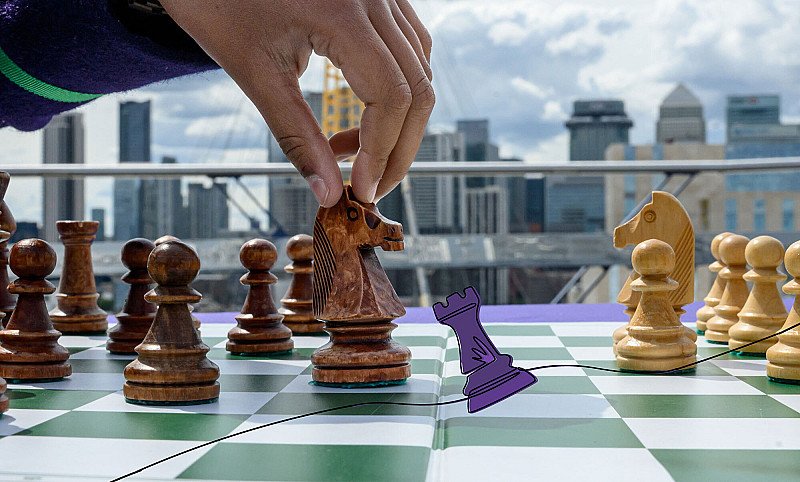- 0208 293 1331Call us
- office@pointers-school.co.uk Email us

By Charlotte Crookes, Headteacher at The Pointer School
In an age where screens dominate, attention spans are shrinking, and education systems face increasing pressure, chess offers something rare: a simple tool with powerful, evidence-based results.
Far from a niche hobby, chess is fast emerging as an essential part of a modern, well-rounded education, particularly in the primary years. Numerous studies have demonstrated that chess significantly enhances memory, focus, and problem-solving abilities in children. According to research published in Frontiers in Psychology, chess instruction contributes to measurable improvements in children’s cognitive ability. These gains aren’t just abstract; they translate directly into the classroom. Children who learn chess often show improved performance in maths and reading comprehension, likely due to the game’s emphasis on planning, spatial awareness, and analytical thinking. Chess is also a powerful vehicle for developing emotional resilience and social skills. It teaches children to cope with losses, think ahead, and respect rules, skills that foster patience, perseverance, and empathy. Evidence suggests that playing structured games like chess helps young learners manage emotions and better relate to others. But more than this, chess teaches a kind of artistry, encouraging pupils to think creatively and visualise strategy. As the great artist Marcel Duchamp said, “all chess players are artists.” It’s a subject unlike any other in the primary curriculum, where art, science and sport overlap.
Chess has a grand and lengthy history. As far back as the twelfth century, it was described by Alfonsi as one of the seven key skills that a knight must acquire, a core part of the chivalric code (Alfonsi, Disciplina Clericalis). However, the game is just as relevant today, aligning with the competencies modern education seeks to cultivate: critical thinking, time management, and strategic foresight. The Chess in Education organisation notes its role in teaching "forecasting, collaborative learning, and decision-making under pressure", skills essential for the workplace and citizenship in the 21st century.
Crucially, chess is also inclusive. It requires no expensive kit or specialist facilities and is accessible to children of all backgrounds. A chess kit is portable, and can be taken anywhere: from classroom to classroom (for schools with a tight budget), to the top of the O2 (as proved recently by our talented Pointers chess players), and it has even been played in space! Its introduction into state schools, academies, and Prep settings provides a level playing field where talent, not circumstance, determines success.
It is heartening to see that this view is increasingly being recognised at a national level. The recent government investment in school chess, introduced during Rishi Sunak’s time as Prime Minister, marks a significant step forward. His support for a £1 million initiative to expand access to chess through school programmes and public chess tables reflects a long-overdue acknowledgement of the game’s academic and emotional value. As Mr Sunak noted, chess helps build the kind of skills young people need to thrive in a competitive world.
As educators, we are tasked not just with teaching, but with preparing children to navigate an increasingly complex world. The research is clear: chess is more than a pastime, it is a cognitive catalyst, a character-builder, and a curriculum enhancer. The question is no longer should we integrate chess into primary education, but why haven’t we done so already?